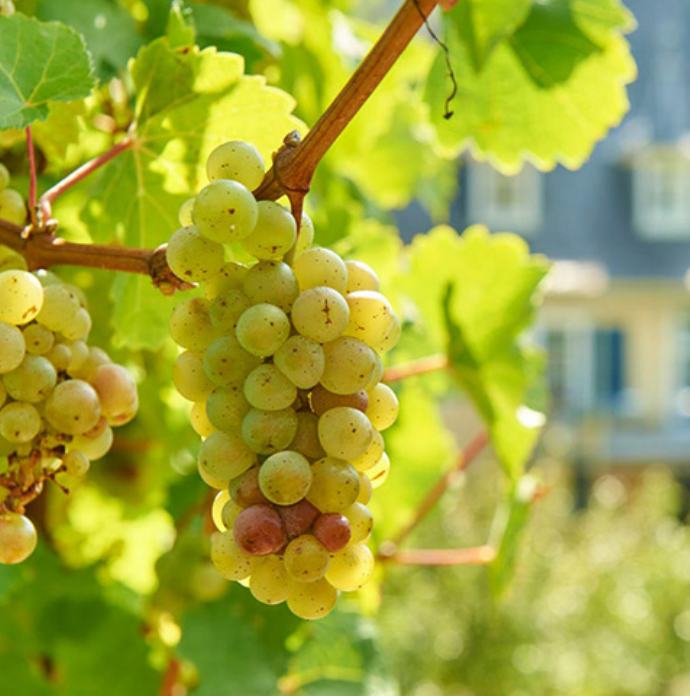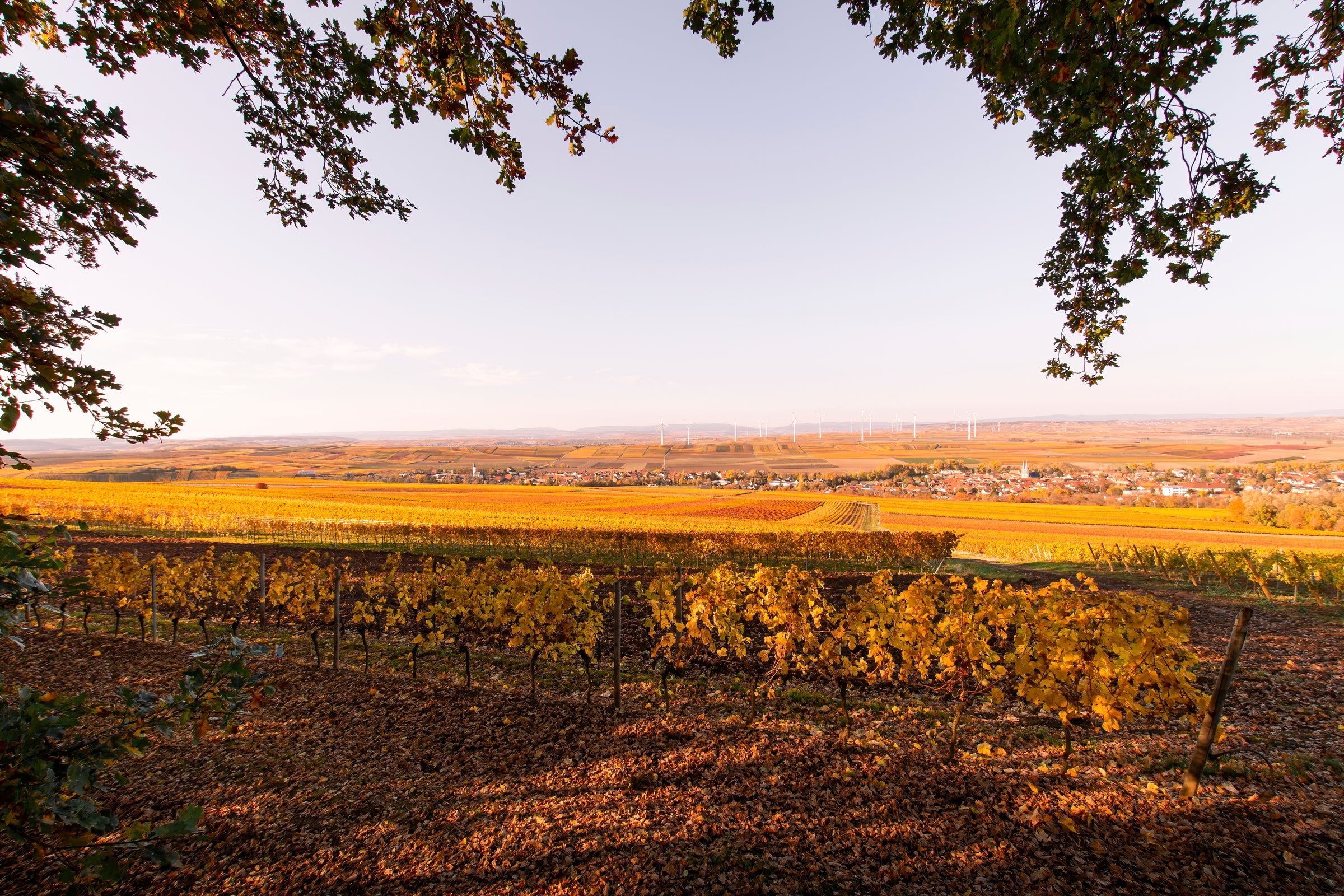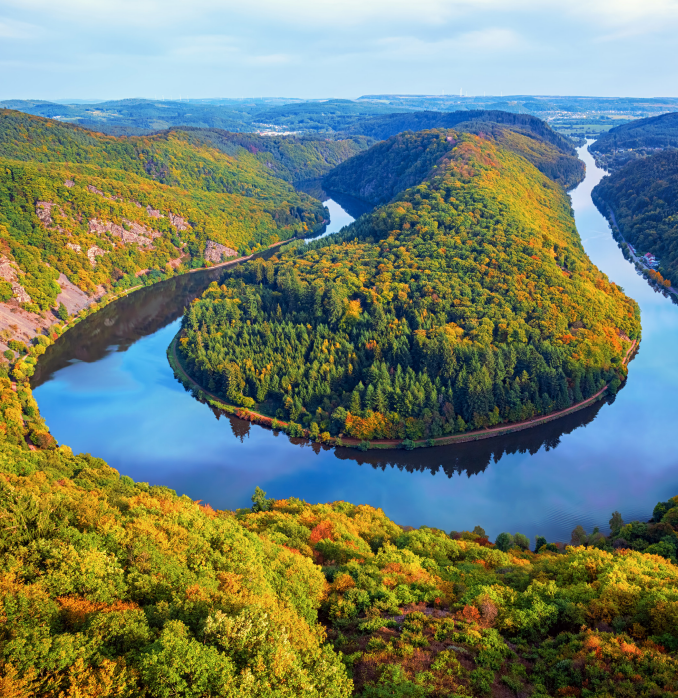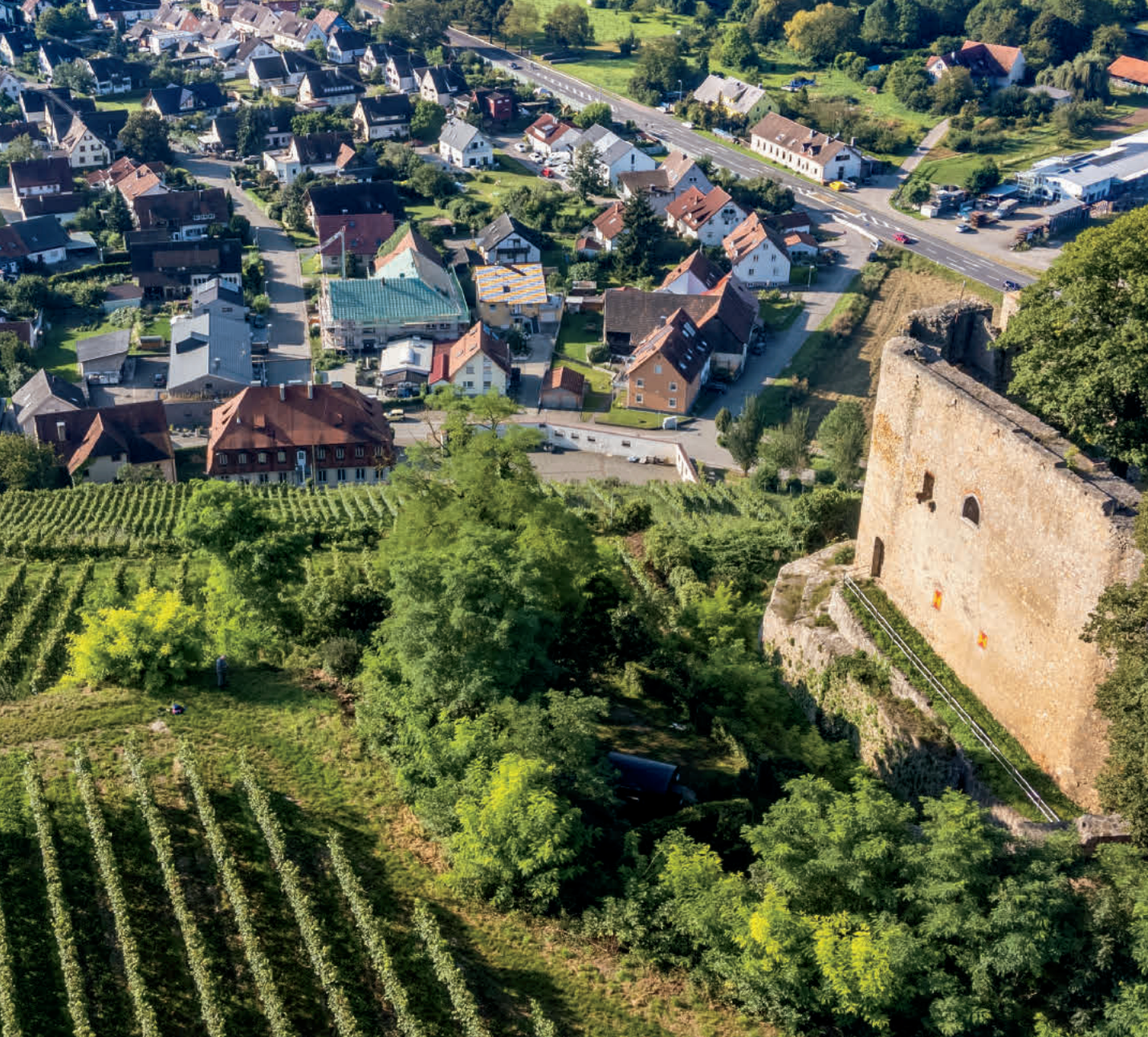Father-son team Karl and Stefan Erbes aren’t running a centuries-old winery, nor do they come from a long line of winemakers, but they are the real deal. My new go-to producer for value German whites, this 50-year-old family estate farms a handful of acres on some of Mosel’s steepest and most-prized sites. You all snatched up Karl Erbes’ Kabinett offering in 2017—to the point where it became one of our top-selling wines ever—so we recently dug deeper into their wonderful collection.
After sampling through the lot, we couldn’t stop buzzing about today’s Spätlese. It’s everything you and I both loved about their ’15 Kabinett, except now it’s moved up a weight class without sacrificing an ounce of freshness or minerality. The increased concentration and depth of this spätlese is simply astounding—for only a few extra dollars. No matter how long I live, I’ll be scratching my head trying to understand how the complexity, mineral panache, and unequivocal deliciousness of Mosel wines can be so affordable. Erbes’ Spätlese is electric and rich at once, a contradiction that can be linked to ancient vines on the near-vertical slope of Treppchen and the best-of-century 2015 vintage. Factor that in with Karl and Stefan’s talented hands and you have one of the most brilliantly mouthwatering wines on the market. Ready yourself for the upcoming summer with a case of this and you won’t even notice the heat.
Like a lot of German winemakers in the Mosel, the Erbes are taking great risks growing and harvesting grapes on extremely steep slopes. Still, their slopes are better positioned than most, with ideal angles that catch maximum sunlight throughout the growing season—one reason why they farm these dangerous precipices. For the Erbes team, all work must be done manually. In fact, the vineyard from which this Riesling is produced, Erdener Treppchen, takes its name from the “little staircases” made of stone that were etched into the hillside during the middle ages for easier accessibility. If you’re more of a visual learner, like myself, enjoy this wildly German
video from Ernst Loosen (winemaker at Dr. Loosen) describing the intricacies of Erdener Treppchen.
Here’s a quick read of today’s wine’s label for those still learning how to decode: Karl Erbes is the name of the producer, though we now know his son, Stefan, is co-producing. “Mosel” is one of Germany’s 13 official wine regions; the third largest in terms of production, but considered to be the most prestigious because of its spectacularly-positioned vineyards. The Erbes source these grapes from estate-owned vines in the “Treppchen” vineyard in the village of Erden (“Erdener,” or “from Erden”). “Riesling,” of course, is the grape and “Spätlese” refers to the level of ripeness. It’s a step above the well-known “Kabinett” designation; in other words, grapes are picked slightly later come harvest (this continues all the way up to the ripest and sweetest designation of them all: “Trockenbeerenauslese”).
The 2015 Erdener Treppchen Spätlese shows a bright platinum-yellow with green hues flashing towards a silver rim. The nose erupts with a menagerie of fruits, flowers, and minerality. Remember, the 2015 brought on intense ripeness and power, both of which you can expect on the nose and palate. You’re met with ultra-ripe peach, candied lime, white and yellow flowers, preserved meyer lemon, tropical blossoms, green mango, honeysuckle, melon, slight petrol, crushed stone, and wet slate. Something that can only be described as an electric jolt first hits you on the palate—a unique Treppchen vineyard trait—and then the immensity of Erbes’ Spätlese takes over. This is pitch-perfect sweet with creamy fruits that complement an incredible array of stone minerality. It’s low in alcohol, high in complexity and “quenchability;” the bottle will be empty before realizing you’re already on your second. And, although this will age incredibly well over the next decade and beyond, I have a strong feeling you’ll have depleted your stock long before. Serve in all-purpose white stems around 45-50 degrees (slightly cooler than other whites so as to curb the sensation of residual sugar) and pair next to a coconut and mango rice vermicelli salad. Disclaimer: I added sesame chicken to this “vegan” dish. Cheers!






